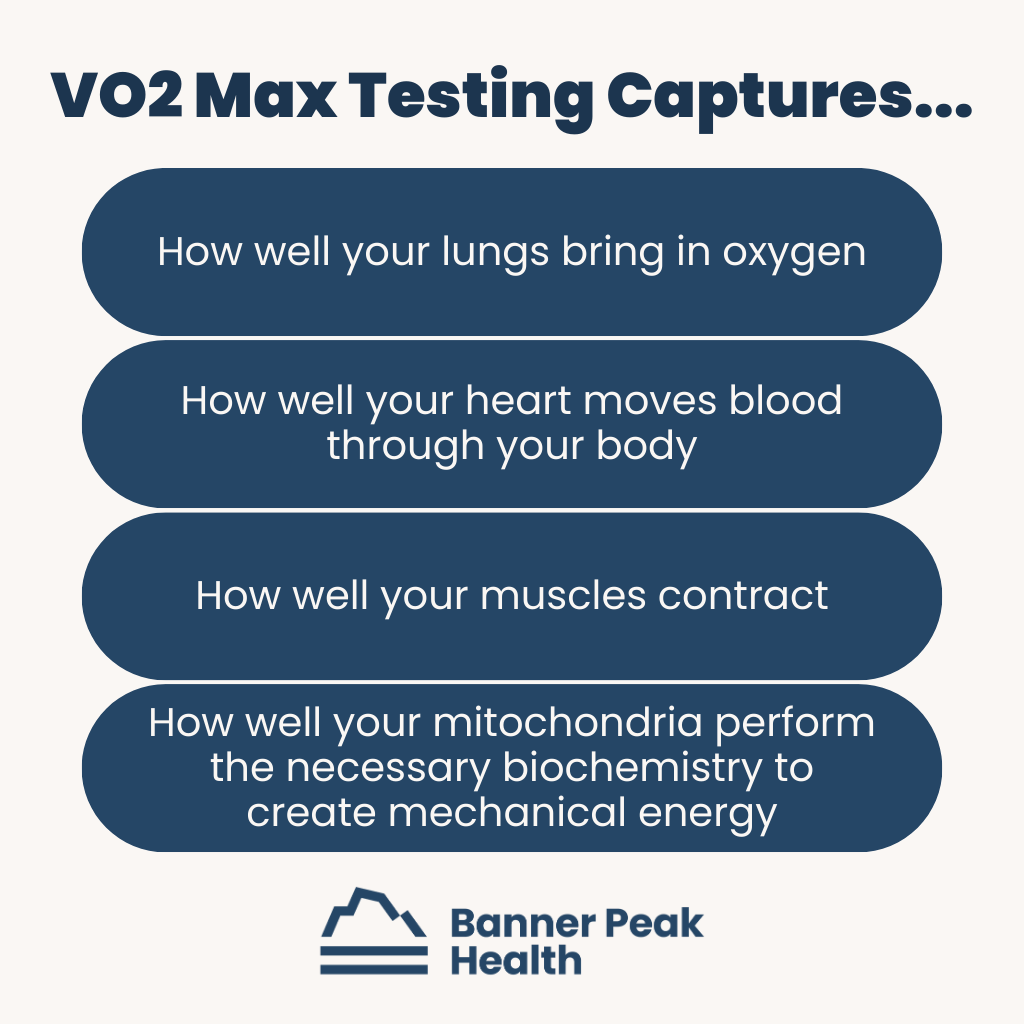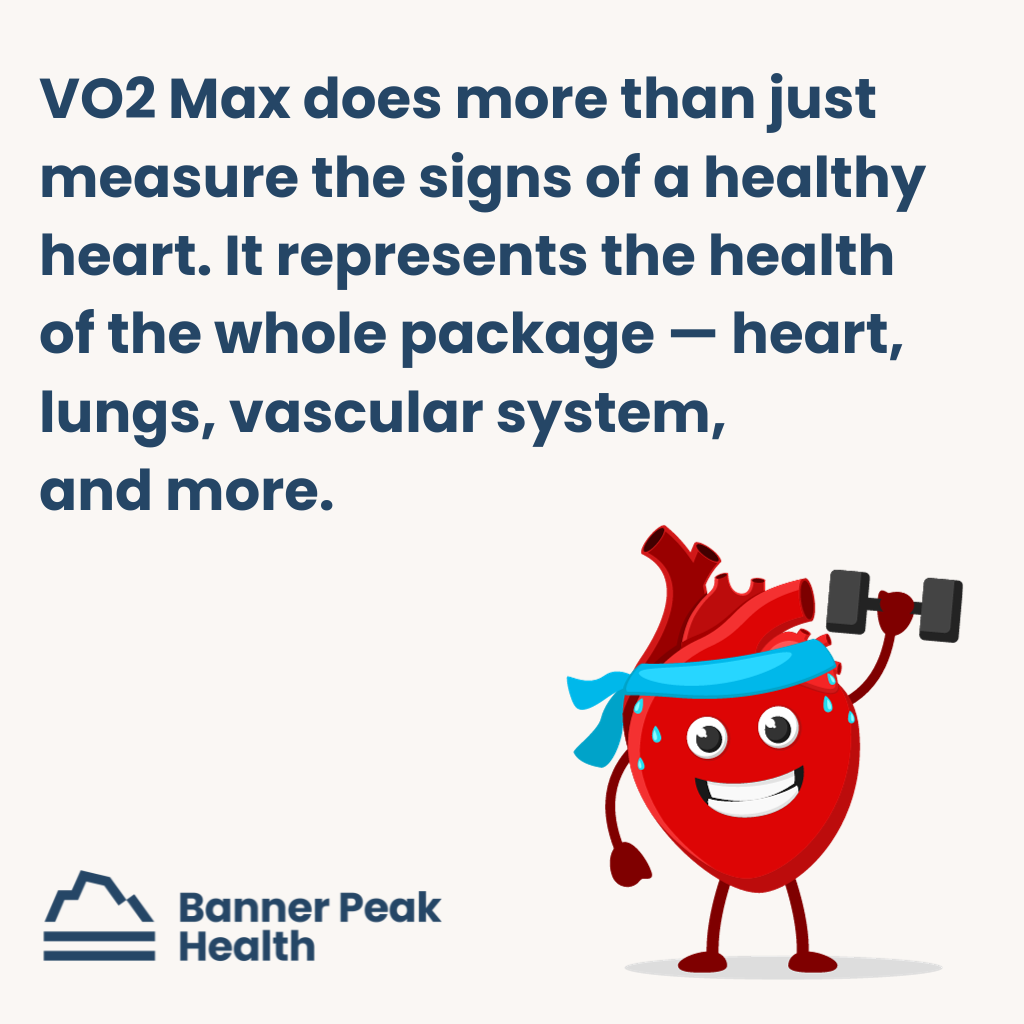The heart is one of the most studied organs. A variety of diagnostic modalities can help gauge your risk of a heart attack.
The traditional standard is a stress test, which involves getting hooked up to wires while running on a treadmill on a progressively steep incline. A doctor or assistant monitors your heart’s electrical activity and blood pressure.
Unfortunately, this test will only detect a diseased coronary artery (lumen or pipe) with 70% obstruction.
A more sensitive test is a coronary artery calcium score, which uses an ultra-fast CT scan to examine calcium deposits in atherosclerotic deposits in blood vessels. It’s more sensitive than a stress test and can detect evidence of atherosclerosis before the lumen or pipe is obstructed.
Now, our practice leverages Cleerly. This test involves intravenous dye injected into the bloodstream. A CT scan performs a 3D X-ray study (coronary artery angiogram) of the coronary arteries, which is then analyzed with a proprietary AI-guided model.
This model detects plaque within the vessel wall and the lumen and differentiates between hard and soft plaque. Hard plaque involves calcium deposits, but soft plaque doesn’t, which is why coronary artery calcium tests miss soft plaque deposits.
We have many ways of discovering what’s wrong with the heart. But what are the signs of a healthy heart?
Diagnostic testing tells us how “bad” a disease state is or how well something prevents a disease state. We often find ourselves in a dichotomy of investigating how potentially diseased the organ is versus our ability to assess how optimally the organ can function.
How bad is bad? How well is well?
Both are relevant, but I want to focus on how to optimize your health and prevent as much disease as possible.
What Is VO2 Max?
VO2 max represents the maximum amount of volume of oxygen (O2 represents oxygen) your body uses per kilogram of weight in one minute. I think of it as a metric for integrating how well your entire cardiovascular system works.
VO2 max testing involves studying your physiologic response to a standardized graded progression of work output.
A good analogy is that of a car’s horsepower, which tells you how fast the car can go, etc. It’s a system-wide metric of capability.

Instead of horsepower, we’re measuring “humanpower.” VO2 captures:
- How well your lungs bring in oxygen
- How well your heart moves blood through your body
- How well your muscles contract
- How well your mitochondria perform the necessary biochemistry to create mechanical energy
VO2 max determines the entire system’s quality. It’s a valuable measurement because it covers the entire, integrated system rather than just one part of the body. It does much more than just measure the signs of a healthy heart.
Peter Attia’s ‘Outlive’ — The Prognostic Value of VO2 Max
In his most recent book, Outlive, Peter Attia summarizes the prognostic value of VO2 max. He compares the health benefits of physical conditioning as measured by VO2 max with the magnitude of risk associated with other risk factors, such as smoking and diabetes.
For example, a non-cigarette smoker is 40% healthier than a cigarette smoker in the same physical condition. Meanwhile, if someone in the lowest 25th percentile of physical health started training and improved their condition to the 50th percentile, they would decrease their mortality risk by 50%.
That’s right. Getting off the sofa is better for you than quitting smoking.
I take this as a mandate to do my best to maximize everyone’s physical conditioning. You don’t have to become a marathon runner to drastically improve your health.

How Do You Improve VO2 Max?
We used to recommend high-intensity interval training (HIIT). We now know there are additional stages of conditioning you need to train to optimize VO2 max.
Returning to the car metaphor, it’s like a gearbox. Each gear represents a physiologic system to be analyzed, understood, and optimized. All the gears need to work together seamlessly.
VO2 max does more than just measure the signs of a healthy heart. It represents the health of the whole package — heart, lungs, vascular system, and more. That’s why it’s so powerful and why we’re so excited to add it to our offerings.
Stay tuned for a deep dive, coming soon.

Barry Rotman, MD
For over 30 years in medicine, Dr. Rotman has dedicated himself to excellence. With patients’ health as his top priority, he opened his own concierge medical practice in 2007 to practice medicine in a way that lets him truly serve their best interests.



